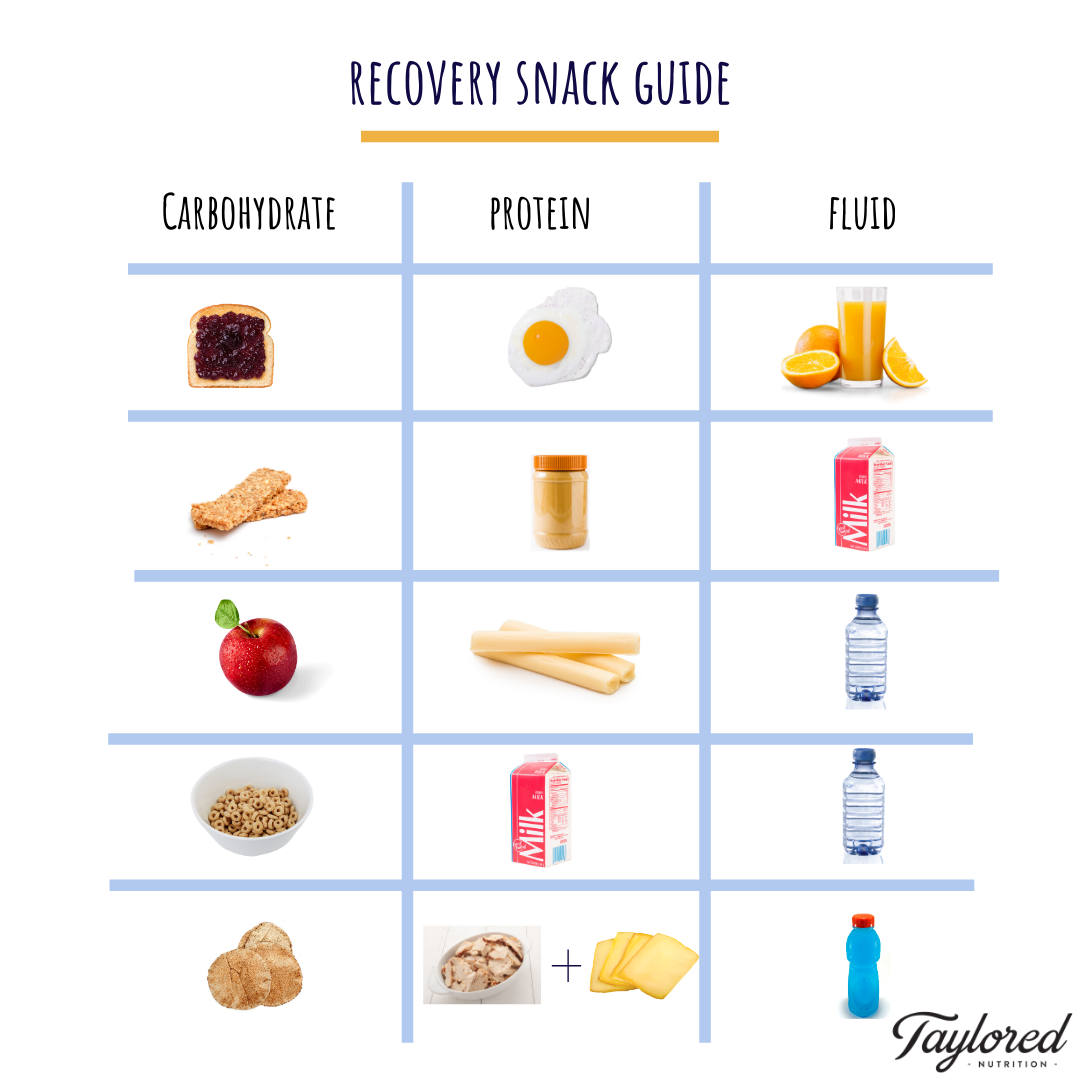The topic of weight gain has come up a lot in the last couple of months. I’m working with a handful of clients on this very goal and I have some friends who are parents of small children with food allergies who are trying to maintain weight with limited food options.
In a world where we hear so much about weight loss, I wanted to create a post geared towards those working towards the opposite. Just as frustrating as it is for those who are trying to lose weight, it is also frustrating for those trying to gain. For today’s post I’m talking about weight gain and optimizing nutrition for the child and teen athlete. You will hear me say “optimizing nutrition” a lot because, while a client may come to me with the goal of gaining weight, I see this as a chance to optimize his or her nutrition as well. Weight gain can be done in ways that help improve performance or ways that can hinder performance. I think that if we keep the phrase “optimizing nutrition” in mind, it makes sure that that the athlete and we, as the athlete’s support team, approach this goal in a way that doesn’t just lead to weight gain, but also enhances the athlete’s development, health and performance.
So, when might I work with an athlete on weight gain? When might weight gain be indicated?
4 Situations where weight gain is indicated:
The athlete needs to gain weight to make a certain position on his or her team.
The athlete has experienced sudden, unintentional and continuous weight loss with the start of a new sport, new season, or increased time and intensity of practices.
Along with weight loss the athlete has experienced stress fractures or, if a female, lost her period.
There is a potential eating disorder to consider (this topic is beyond the scope of this post)
If you fall into these categories, weight gain might be something you are working on. However, as I said initially, weight gain can be done in a way that promotes health and performance and a way that hinders it. Eating 20 chocolate chip cookies every night and a double cheese burger with an extra large french fry and large lemonade may promote weight gain, but it would not promote the building of lean muscle, brain health, speed and agility, and other benefits beneficial to the athlete (I’m not saying the athlete can’t ever have cookies, fries, etc., I’m saying, let’s diversify here). So, what are some key guidelines to follow when trying to achieve performance-enhancing and health-promoting weight gain? Here are 5 initial actions to start getting that weight trending upwards.
5 Tips for Healthy, Performance-Promoting Weight Gain in the Young Athlete:
Eat on a consistent meal and snack schedule every day. No skipping meals! Consistency is key. This means consistently eating 3 meals and, for many athletes, 3 snacks a day. It also means sticking to a schedule! An athlete may not feel hungry, but if the schedule says it’s time to eat, it’s important to do so.
Include 3 or more different food groups at each meal and at least 2 different food groups at each snack. This ensures the athlete is getting protein, carbohydrate and healthy fats from a variety of sources and a variety of needed micronutrients along with it.
Increase portion sizes at each meal and / or make some food swaps, trading out less energy-dense foods (ex: plain popcorn at a snack or regular bread for a sandwich) for more energy-dense foods (ex: a nut & seed granola bar at a snack or a bagel for a sandwich).*
Add spreads and sauces to your meals and snacks (ex: Add peanut butter to your granola bar, avocado spread to your sandwich, hummus with your carrots, and cheese with your crackers.*
Work with your sports dietitian to get your protein goal and space that protein out evenly throughout the day in your meals and snacks (this is especially important if looking to build lean muscle). Your dietitian will also make sure that you are increasing your energy intake enough and that this increase is coming from the amount of protein, carbs and fat needed to fuel performance and support good health!
* Notice that most of these additions and swaps offer a degree of nutrition as well as calcium, protein, healthy fats, fiber, magnesium, potassium, and more, all contributing to the athlete’s overall health and performance.
These are some general guidelines. I will always recommend you meet with a sports RD to know that what you are choosing is right for you. Some athletes may need 2 snacks a day, some may need 3 and some may need more! It all depends on you, your sport, and your season of training.
I hope this gets you started in the right directions. Please comment with questions or reach out to me via my contact page with questions or if you would like to work together on weight gain for you or your own young athlete!
Happy Fueling!
Taylor





